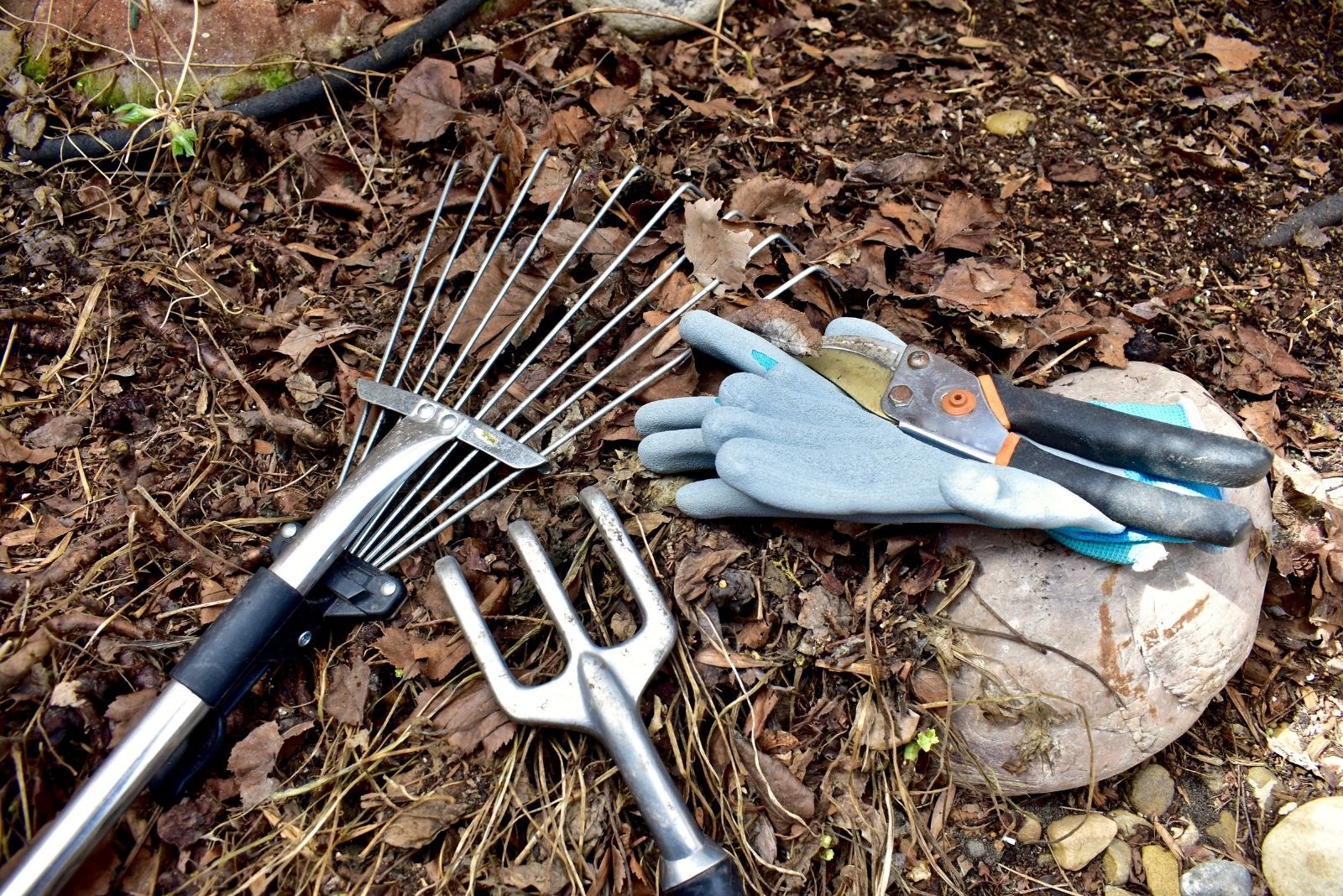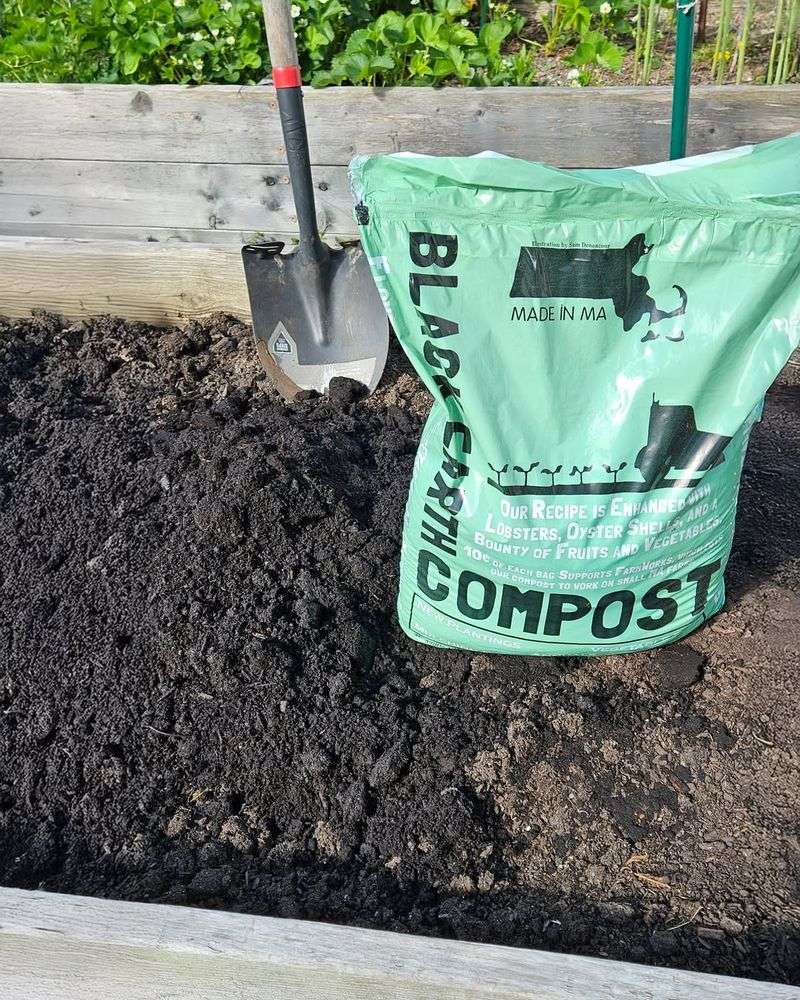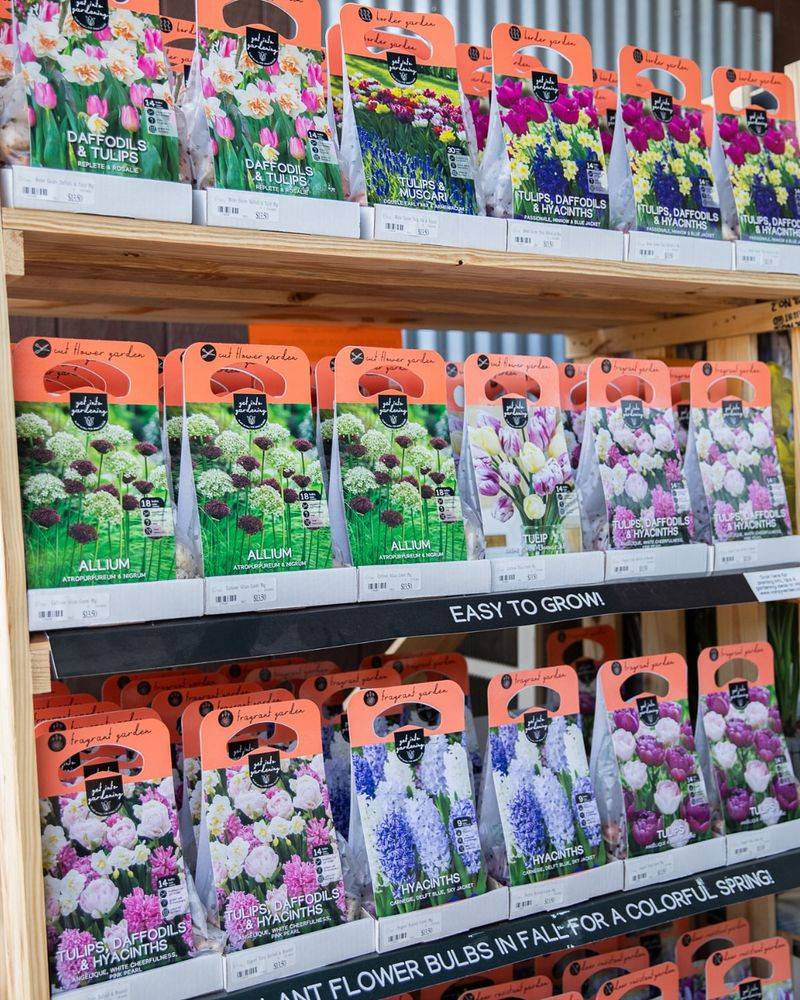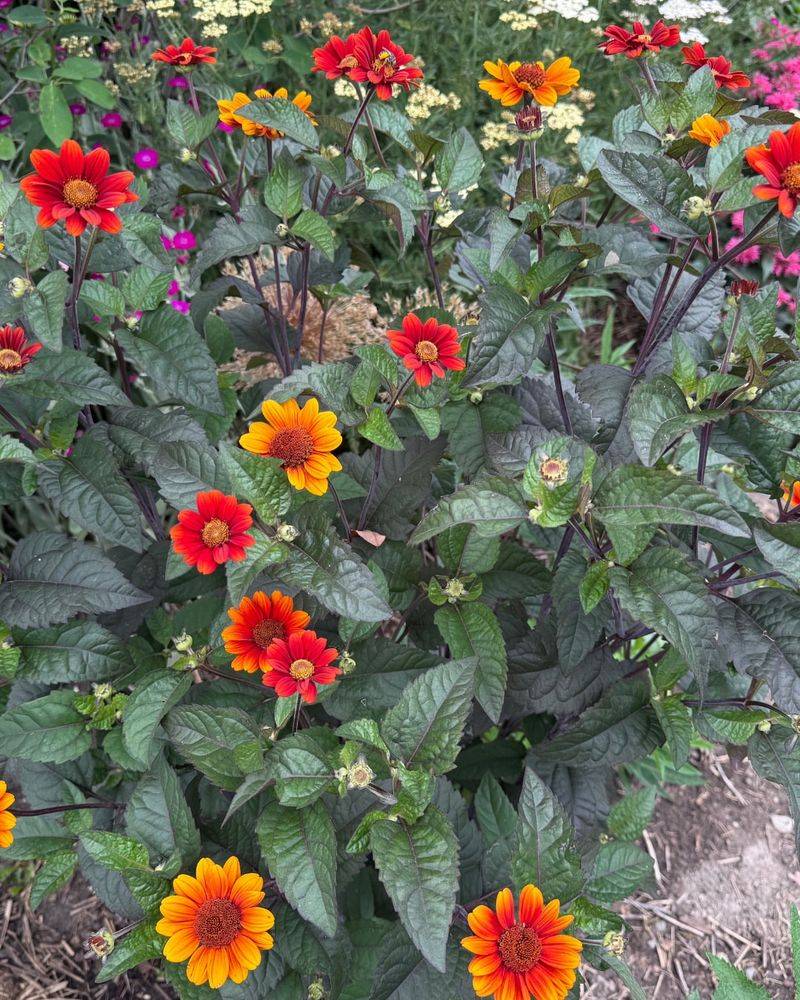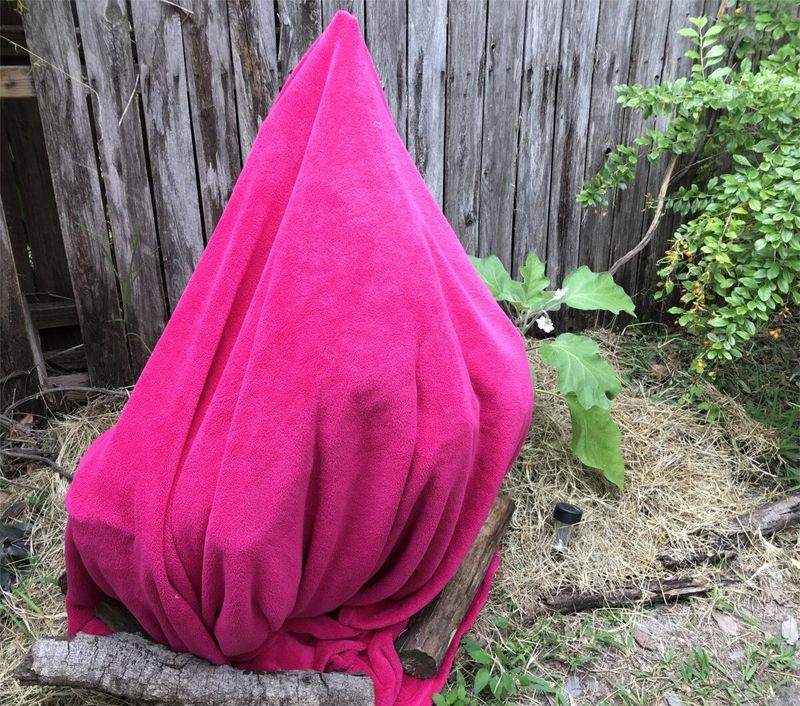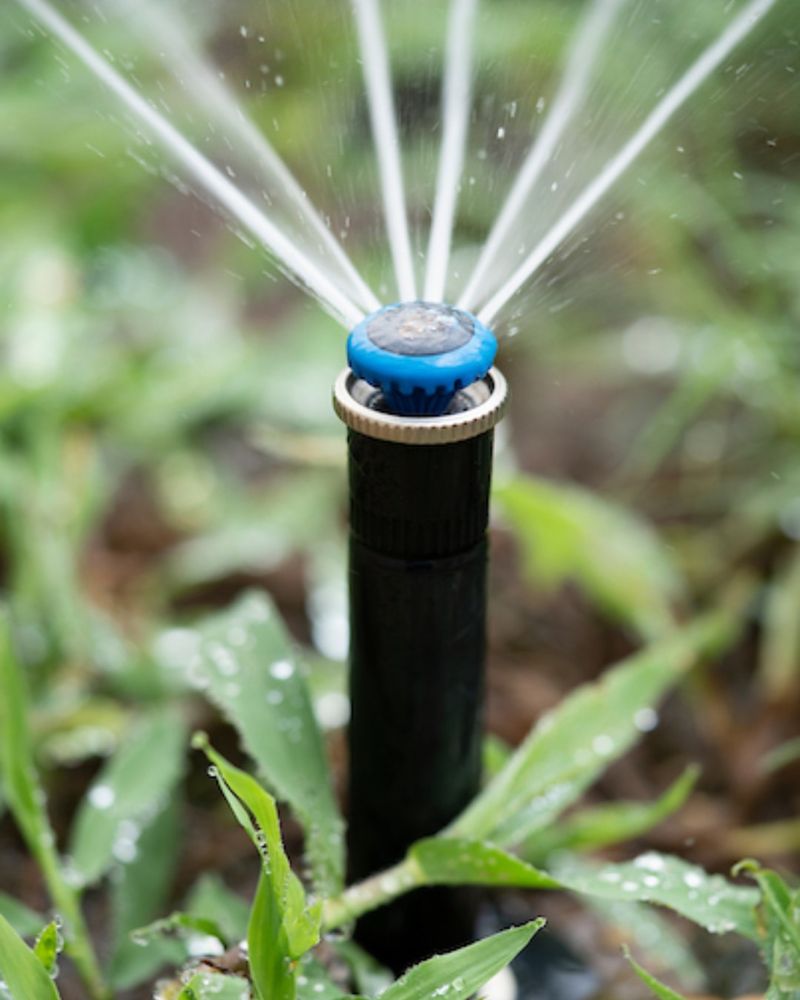November brings cooler weather and the perfect opportunity to refresh your California garden. While other parts of the country are putting their gardens to bed for winter, California gardeners get to keep growing and planting.
This month offers ideal conditions for many important tasks that will keep your garden thriving through the cooler season and set you up for a beautiful spring ahead.
1. Plant Cool-Season Vegetables
Cool weather crops absolutely love November in California. Lettuce, spinach, kale, and broccoli can go straight into your garden beds now. These vegetables actually taste sweeter when grown in cooler temperatures because the cold converts their starches into sugars.
You can also plant peas, carrots, and radishes this month. Make sure to water your new plantings regularly until they establish strong roots. Within weeks, you’ll have fresh greens sprouting up for winter salads and cooking.
2. Prune Dormant Fruit Trees
Deciduous fruit trees lose their leaves in November, making it the perfect time for pruning. Without leaves blocking your view, you can clearly see the tree’s structure and identify which branches need trimming. Focus on removing dead, diseased, or crossing branches that rub against each other.
Proper pruning improves air circulation and allows sunlight to reach all parts of the tree. This helps prevent diseases and encourages better fruit production next season. Always use clean, sharp pruning shears to make smooth cuts that heal quickly.
3. Add Compost To Garden Beds
Your soil needs nourishment just like plants do, and November is an excellent time to feed it. Spreading a thick layer of compost over your garden beds adds essential nutrients and improves soil structure. Compost also helps soil retain moisture during California’s dry periods.
Work the compost into the top few inches of soil using a garden fork or spade. This enriched soil will be ready for winter planting and give your spring garden an amazing head start. Healthy soil equals healthy plants all year long.
4. Plant Spring-Blooming Bulbs
Tulips, daffodils, and crocuses need several weeks of cold weather to bloom beautifully in spring. November provides the ideal planting window for these gorgeous bulbs throughout California. Choose a sunny spot with well-draining soil to prevent the bulbs from rotting.
Plant bulbs at a depth about three times their height, with the pointy end facing up. Water them well after planting, then let nature take over. Come spring, you’ll be rewarded with stunning flowers that brighten your garden and lift everyone’s spirits.
5. Mulch Around Plants And Trees
Applying mulch acts like a cozy blanket for your garden, protecting plant roots from temperature swings. Spread a two to four-inch layer of organic mulch around trees, shrubs, and perennial beds. Keep the mulch a few inches away from plant stems and tree trunks to prevent rot.
Mulch does more than insulate—it also suppresses weeds, conserves water, and slowly breaks down to improve your soil. Use wood chips, shredded bark, or leaf mulch for best results in California gardens.
6. Control Weeds Before They Spread
Weeds grow aggressively during California’s mild November weather, so tackle them now before they take over. Pull weeds when the soil is moist after rain or watering, which makes removing entire root systems much easier. Getting the roots prevents weeds from growing back quickly.
Pay special attention to areas around your vegetables and young plants where weeds compete for water and nutrients. Regular weeding sessions now save you hours of work later. A weed-free garden also looks neater and gives your desired plants room to thrive.
7. Divide Overgrown Perennials
Perennials like daylilies, irises, and ornamental grasses benefit from division every few years. November’s cooler temperatures reduce transplant shock, making it an ideal month for this task. Dig up crowded clumps and gently separate them into smaller sections with healthy roots attached.
Replant the divisions immediately, spacing them properly to allow for future growth. Water thoroughly and add mulch around the new plantings. Division rejuvenates tired plants, increases your flower collection for free, and keeps perennials blooming vigorously year after year.
8. Protect Tender Plants From Frost
Even California experiences occasional frost during November nights, especially in inland areas. Tender plants like citrus, succulents, and tropical specimens need protection when temperatures drop. Move potted plants closer to your house or under eaves where they’ll stay warmer.
For plants in the ground, cover them with frost cloth or old bedsheets before sunset on cold nights. Remove covers during the day so plants can receive sunlight and air circulation. These simple precautions prevent frost damage that could set your garden back for months.
9. Clean And Maintain Garden Tools
Your garden tools work hard all season and deserve some attention before winter tasks begin. Remove dirt and plant residue from shovels, pruners, and hoes using a stiff brush and soapy water. Dry tools completely to prevent rust from forming on metal parts.
Sharpen cutting tools like pruners and shears so they make clean cuts that promote plant health. Apply a light coating of oil to metal surfaces for extra rust protection. Well-maintained tools last longer, work better, and make gardening tasks much more enjoyable and efficient.
10. Adjust Irrigation For Cooler Weather
Plants need less water as temperatures drop and growth slows down in November. Check your irrigation system and reduce watering frequency to match the season’s lower evaporation rates. Overwatering during cool weather can cause root rot and fungal diseases that harm your plants.
Inspect sprinkler heads and drip lines for leaks or clogs while you’re adjusting the schedule. Water deeply but less often to encourage strong root development. Proper irrigation saves water, reduces your utility bills, and keeps plants healthier throughout California’s mild winter season.

